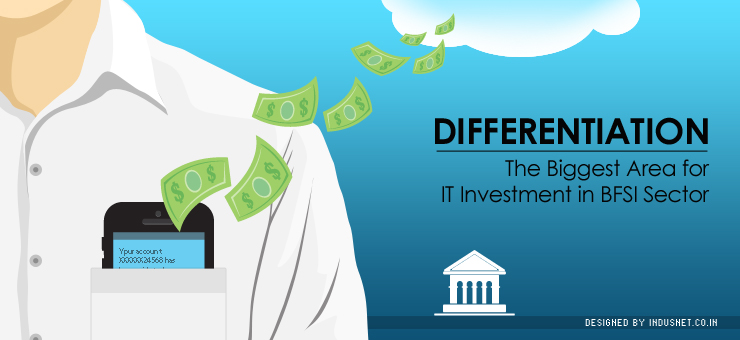
How the Large Language Models like GPT are revolutionising the AI space in all domains (BFSI, Pharma, and HealthCare)
Large language models or LLMs are ushering in a widespread AI revolution throughout multiple business and industry domains. DALL-E-2 set the cat amongst the pigeons in the AI segment in July 2022, developed by OpenAI, before ChatGPT came into the picture. This has put the spotlight firmly on the invaluable role increasingly played by LLMs (large language models) across diverse sectors. Here’s examining the phenomenon in greater detail. LLMs make a sizeable impact worldwide With natural language processing, machine learning, deep learning, and predictive analytics among other advanced tools, LLM neural networks are steadily widening the scope of impact of AI across the BFSI (banking, financial services, and insurance), pharma, healthcare, robotics, and gaming sectors among others. Large language models are learning-based algorithms which can identify, summarise, predict, translate, and generate languages with the help of massive text-based datasets with negligible supervision and training. They are also taking care of varied tasks including answering queries, identifying and generating images, sounds, and text with accuracy, and also taking care of things like text-to-text, text-to-video, text-to-3D, and digital biology. LLMs are highly flexible while being able to successfully provide deep domain queries along with translating languages, understanding and summarising documents, writing text, and also computing various programs as per experts. ChatGPT heralded a major shift in LLM usage since it works as a foundation of transformer neural networks and generative AI. It is now disrupting several enterprise applications simultaneously. These models are now combining scalable and easy architectures with AI hardware, customisable systems, frameworks, and automation with AI-based specialised infrastructure, making it possible to deploy and scale up the usage of LLMs throughout several mainstream enterprise and commercial applications via private and public clouds, and also through APIs. How LLMs are disrupting sectors like healthcare, pharma, BFSI, and more Large language models are increasingly being hailed as massive disruptors throughout multiple sectors. Here are some aspects worth noting in this regard: Pharma and Life Sciences: Healthcare: The impact of ChatGPT and other tools in healthcare becomes even more important when you consider how close to 1/3rd of adults in the U.S. alone, looking for medical advice online for self-diagnosis, with just 50% of them subsequently taking advice from physicians. BFS: Insurance: The future should witness higher LLM adoption throughout varied business sectors. AI will be a never-ending blank canvas on which businesses will function more efficiently and smartly towards future growth and customer satisfaction alike. The practical value and potential of LLMs go far beyond image and text generation. They can be major new-gen disruptors in almost every space. FAQs What are large language models? Large language models or LLMs are specialised language frameworks that have neural networks with multiple parameters that are trained on vast amounts of unlabelled text with the usage of self-supervised learning. How are they limited and what are the challenges they encounter? LLMs have to be contextual and relevant to various industries, which necessitates better training. Personal data security risks, inconsistencies in accuracy, limited levels of controllability, and lack of proper training data are limitations and challenges that need to be overcome. How cost-effective are the Large Language Models? While building an LLM does require sizeable costs, the end-savings for the organisation are considerable, right from saving costs on human resources and functions to automating diverse tasks. What are some potential ethical concerns surrounding the use of large language models in various industries? Some concerns include data privacy, security, consent management, and so on. At the same time, there are concerns regarding these models replicating several stereotypes and biases since they are trained using vast datasets. This may lead to discriminatory or inaccurate results at times in their language.


